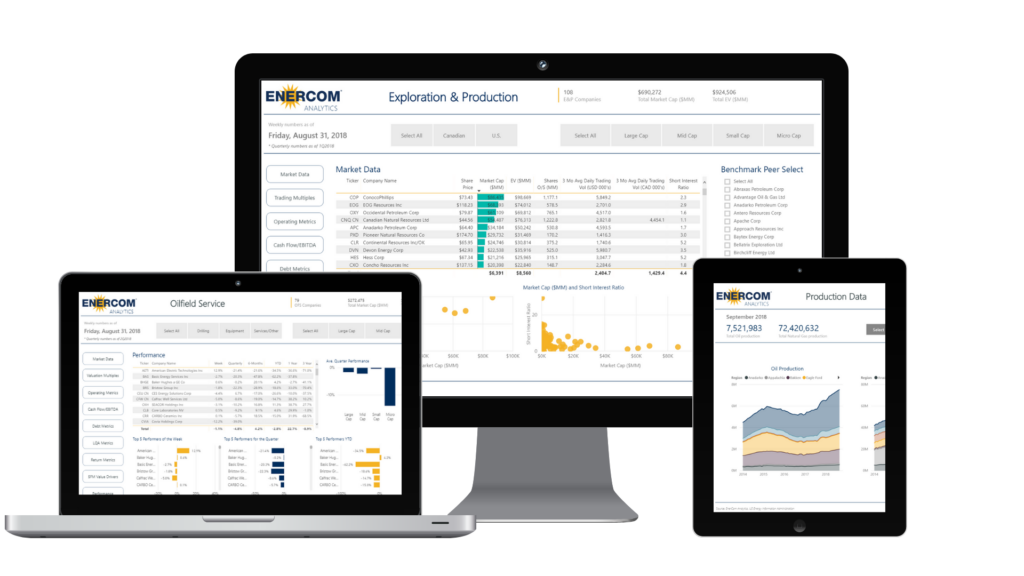From the Business Journals
The University of Texas and Nike have come to terms on a record apparel deal that could net the university nearly $250 million in benefits over 15 years, possibly setting a new standard for elite college athletic programs.
Here are the broad financial terms:
The deal is worth an estimated $250 million.
Cash from Nike to athletic department: $97.5 million, or $6.5 million annually.
Equipment and apparel: $69.5 million, including $1.5 million for the athletic director’s discretion, an average of $4.6 million annually.
Guaranteed royalties: $25 million.
Cash from Nike to university: $22.5 million, or $1.5 million annual average.
Signing bonus: $20 million.
Cash payments from former Texas athlete, and NBA star, Kevin Durant: $15 million, or $1 million annually. (A term sheet describes this as an “offset” to money from Nike. It’s unclear if it’s in addition to the Nike payments noted above or in lieu of $1 million in payments annually. It’s also unclear if the money is payable to the university or its athletic department.)
The deal runs from July 1, 2016 to June 30, 2031. It would replace the Nike deal that’s set to expire on June 30, 2016.
The University of Texas Board of Regents approved the terms Friday, but the final contract has not been negotiated. Terms aren’t expected to change.
The deal works out to an average of $13.6 million in cash and gear annually for the school.
That likely makes it the biggest university apparel deal and sets $10 million as the new standard for the annual value of the apparel deal of an elite program, a level recently hit by the University of Michigan’s then-record Nike deal, which could near $200 million.
The Business Journal maintains a database of deals between sportswear companies and public universities. Private universities are not required to disclose contracts.
The Texas deal is notable for two other reasons.
It shows universities are no longer in search of cash and gear for athletic departments. As part of the deal, Nike will create a Kevin Durant line of footwear and apparel for the university. Some of the cash — $22.5 million — also is earmarked for use outside of the athletic department, subject to the approval of the university’s president.
The deal’s also notable because it shows Nike is willing to write giant checks to the most elite programs. As the industry leader, Nike historically hasn’t paid as much as competitors Adidas and Under Armour for university deals. But it has shown a willingness recently to write giant checks to the most elite programs, such as Texas and Michigan.
University deals are coveted by sportswear companies because of the access to loyal and upwardly mobile students who can become lifelong consumers and buy numerous types of products such as shoes, T-shirts, hoodies and hats.
Terms of equipment and apparel deals have ballooned in the past two years.
Recent deals by the University of Cincinnati(Under Armour) and Arizona State(Adidas) roughly doubled the value of previous deals.
The Business Journal has reported on collegiate apparel contracts for several years. A 2013 investigative series looked at the size of the deals, where the money goes and whether small companies are getting unfairly pushed aside.


